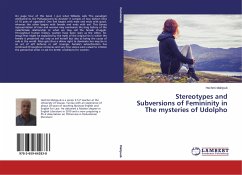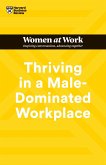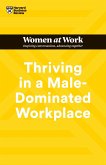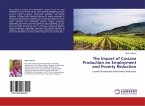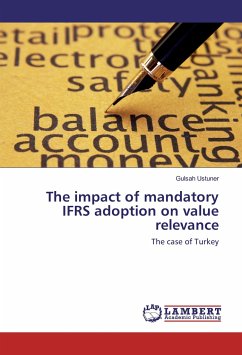On page four of this book I put what Williams calls "the paradigm attributed to the Pythagoreans by Aristole" it consists of two distinct lines of 10 pairs of opposites. One line begins with male and ends with good, whereas the other begins with female and ends with evil. This binary representation of man and woman may summarize the long history of the male/female relationship or what we may call the female struggle. Throughout human history, women have been seen as the other. An image that might be explained by the myth of the original sin in which the female is presented not only as evil herself but also as being the cause of evils in the world. Man gets thus a divine right te dominate her may be in an act of self defense or self revenge. Female's subordination has continued throughout centuries and very few voices were raised to criticize the patriarchal order or ask for better conditions for women.
Bitte wählen Sie Ihr Anliegen aus.
Rechnungen
Retourenschein anfordern
Bestellstatus
Storno

